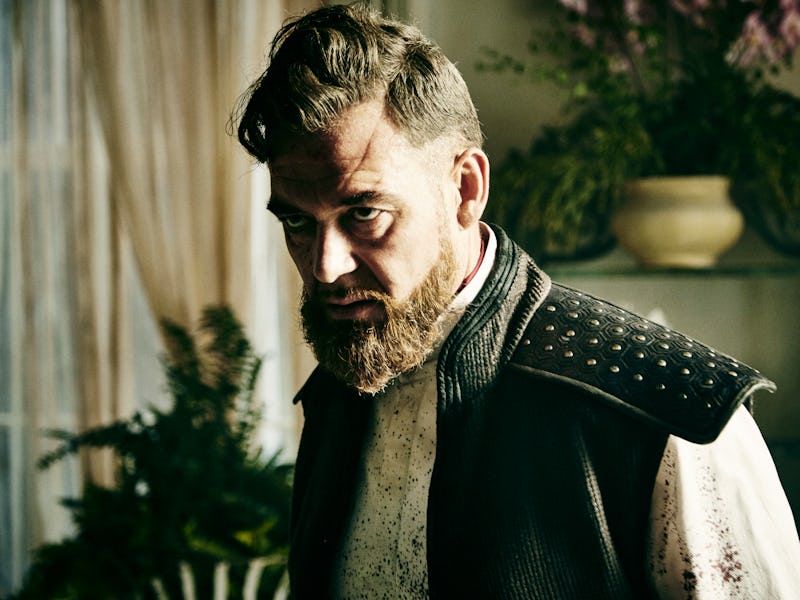The Vague Politics of 'Into the Badlands' Is Its Greatest Weakness
People want things. "White Stork Spreads Wings" doesn't make it clear what those things are.

The feudal system that structures the post-apocalyptic world of Into the Badlands is informed by what the Barons possess for trade. It’d be kind of nice to know this more to understand what the hell they’re fighting about.
Clarified in its third episode, “White Stork Spreads Wings,” it’s been five years since the last war ravaged the Badlands, and most of the barons would like to keep that peace going. But Quinn, having just raided The Widow’s fortress driving her out into hiding, threatens that peace. Honestly, who actually wants to go to war? It’s too damn hot in the sun.
But if it’s war they want and inevitably shall have, it’d be nice to know why beyond recognition as the “Number One Stunna.” I’m having trouble figuring out the more material motivations fueling Quinn and Widow’s spat, which in a feudal state is what drove all men to take up arms. Quinn is the top dog, and The Widow is naturally opportunistic, but is that it? Last week, “Fist Like a Bullet,” there was some vague stuff about shipments that were quickly forgotten about throughout this episode. The lack of a tangible, broader motivator is beginning to leave me less motivated to look forward to a new episode.
In the coming episodes we’ll be introduced to more Barons, teased by the debut of Zephyr, an old flame of Sunny who works as the Regent to another Baron. Quinn is the worst of them all, according to her, but how many are in that “all”? And if The Widow poses a threat to Quinn’s dominance, she’ll have to rally enough Barons on her side. And that’s all well and fine, but that could be exciting and great if we just knew why.